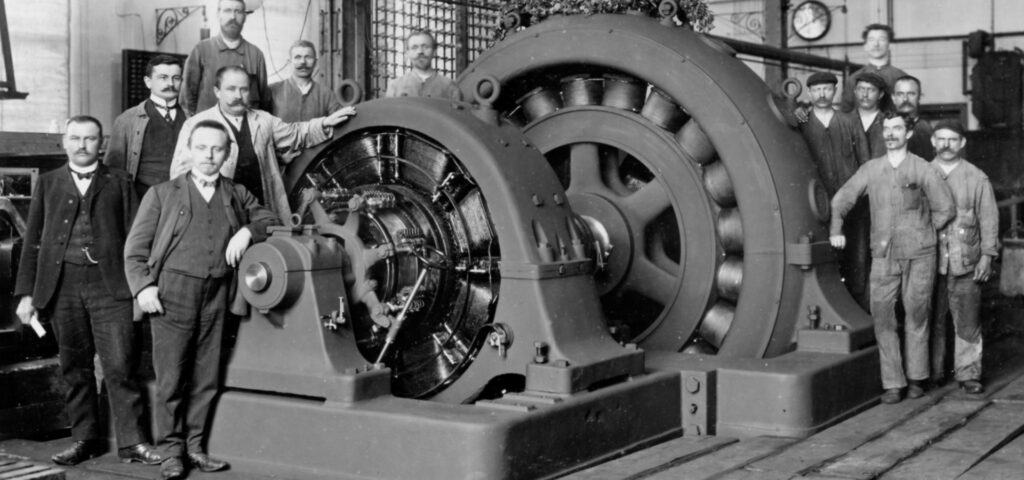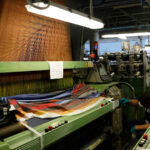MECHANICAL FRAME
Machine used for weaving fabrics that works by weaving two perpendicular threads: the longitudinal one is called the warp, while the transversal one is called the weft.
The first mechanical chassis was developed and patented in 1785 by the British inventor Edmund Cartwright; in the following years some improvements were made so that, at the beginning of the 19th century, it had become a tool of common use. Although rather similar to the hand loom, the mechanical one has numerous advantages: for example, it is equipped with a mechanism that blocks operation in the event of a broken wire and, in general, another mechanism that allows the shuttle to be changed without stop weaving; moreover, the spools that have run out are automatically replaced.
The first mechanical looms made it possible to produce a quantity of fabric ten times greater than that obtainable with hand looms.




